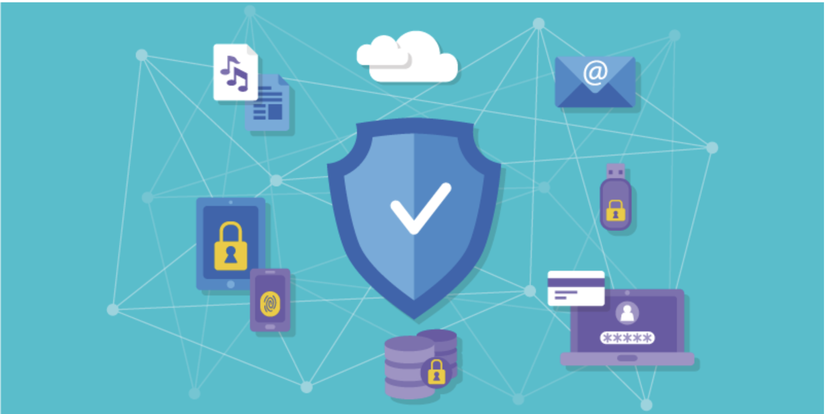Data security is one of the top concerns in the current generation. We are no stranger to leaking user data. Because users want their apps to run seamlessly across all devices – so this is a real challenge for companies and individuals developing security software on all devices. However, there is a way to protect data from breaches, unauthorized access as well as viruses. Security testing is the best solution out there.

Security testing classification: Identify differences
Whether manual or automation, security must be implemented in its entirety. To achieve the highest level of security, it is important to understand that the web, mobile and desktop applications will be tested in different ways based on the variety of programming languages and the software framework. erected.
- Web Security Testing Currently, all businesses have their own websites. This site is considered the face of the business, resulting in the most vulnerable and damaging web applications of all software. This is exactly why businesses require more attention on security measures. Testing web applications aims to prevent SQL injection from running on your service under the protection of root users. This is essential if you want to protect your service from data leakage.
- Mobile App Security Testing Not all businesses develop mobile applications, unlike websites. However, under the increasing development of the mobile platform, we cannot ignore security testing on mobile applications. Users are now more likely to register on the mobile app than on the website form, meaning that entering their personal data will bring more potential risks than ever before. “Potential” will be the keyword here because it can be prevented. It is very important to make sure the network API and platform of Android and iOS apps is solid. Data encryption and code quality must be guaranteed to overcome the challenges of mobile security.
- Desktop Security Testing There are a number of businesses that want their applications to run on as many platforms as possible, including the desktop. Because security testing on desktop applications is the least required today – businesses that skip this important step in the software development cycle will suffer greatly. Desktop security testing is forced to eliminate the risk of data loss from XSS and SQL injecttion from which hackers can embed malicious scripts.
What security do we have with security testing?
Businesses often suffer from poor security and take advantage of this malware will attack all areas of banking, health, telecommunications and websites. The 21st century has proved that user data is the most valuable data. Over the past five years, we have seen tech giants breach user data security such as Yahoo, Facebook, Apple, Evernote, Uber, Gmail, eBay, Slack and the list will continue. profane. There will be a lot of security related incidents, businesses will lose customers, resources, money and time to repair damage. In order to prevent future hacks, businesses need to take security measures seriously and stop bypassing protection methods such as data encryption, gradually move towards micro service architecture and obviously security testing.
The above violations not only lead to data loss but also suffer from the General Data Security Regulations (GDPR). The Organization of the General Data Security Regulation is based in the EU and pledges to punish 4% of the revenue of technology businesses if they do not comply with the requirements. The overall idea of the General Data Security Regulation is to ensure that data-related activities are conducted in a transparent manner, calibrating information through the right communication channels for each user, and respect the “right to be forgotten” – ie this data will not be stored in any third party. This is a very important step and a guideline for future data security. On the other hand, this will be a new challenge for European businesses to change their company policy with new laws being introduced.
So how to test small software security
 Here are some tips from experienced QAs to protect businesses from the consequences of cyber-attack.
Here are some tips from experienced QAs to protect businesses from the consequences of cyber-attack.
- End-user awareness on security issues. Through each enterprise’s privacy policy, let users know which of their data is protected and which are not. By now, based on the General Data Security Regulation requires businesses to be honest with their customers.
- Watch for data leaks more often. Update and upgrade network security software regularly to ensure reduced data transmission and avoid possible leaks and losses.
- Require users to create passwords that are highly secure when creating new accounts on your website or app. Also, be sure to encrypt the data related to the credit card number in case the software supports online shopping.
- Pay attention to your company’s employees. Improve security awareness, control usage of 3rd party services, limit downloading before scanning and test files.
Source: https://testfort.com/blog/user-data-security-testing-keep-it-all-safe
